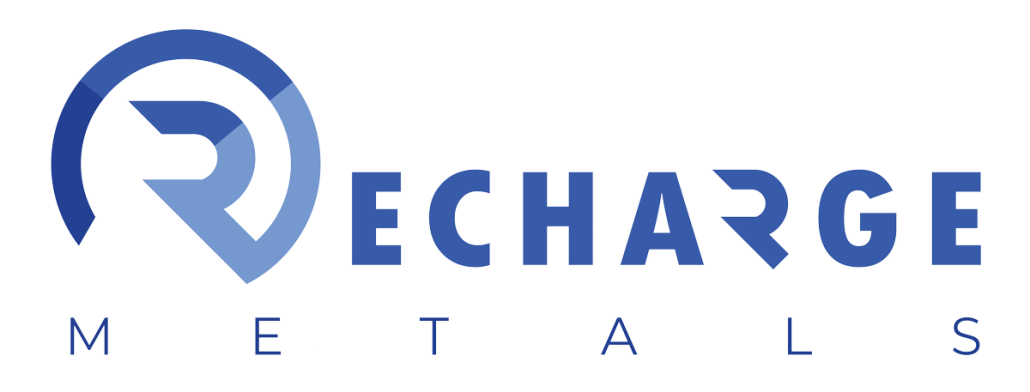Recharge Metals Limited
Principal Office:
Level 2, 25 Richardson Street
West Perth WA 6005, Australia
info@rechargemetals.com.au

Athabasca Basin, Canada
The Newnham Lake Uranium Project comprises a single mineral disposition covering an area of 15.84km² proximal to the north-eastern margin of the Athabasca Basin, Saskatchewan, Canada.
The Athabasca Basin is ovoid in shape elongated in an east-west direction covering approximately 100,000km² in northern Saskatchewan and into Alberta. The Athabasca Group comprises a sedimentary package that is up to 2,200 metres thick consisting of a sequence of mature, quartzose sandstones and conglomerates.
The Athabasca Basin unconformably overlies both the Hearne and Rae Archean Provinces and the slightly younger Wollaston Domain. Uranium mineralisation occurs in both the Athabasca Group and the underlying basement domains which defines the two dominant styles of mineralisation in the Athabasca Basin.
It is host to some of the world’s largest and highest-grade uranium deposits, including Cigar Lake with reserves of 208 million pounds grading 17%, and McArthur River with reserves of 380 million tonnes at 6.7%, which underwrite Canada’s position as one of the top three uranium producers globally.
It is approximately 75km southeast of the community of Stony Rapids and 800km north of Saskatoon, the largest city in Saskatchewan.
Historical drilling at the Newnham Lake Uranium Project in the 1970s and 1980s identified anomalous uranium mineralisation in the vicinity of the unconformity at shallow depths. Drilling intersections include 488 ppm U₃O₈ over 2.2 metres including 2,260 U₃O₈ over 0.13 metres from 82.9m. This intersection was from drillhole BL-146, and was immediately below the unconformity, the drillhole was terminated at 113.7 metres, with limited testing of the underlying basement rocks.
Due to the exploration model being pursued at the time, the focus was purely on unconformity-hosted uranium mineralisation, hence most drill holes were less than 100 metres in length and did not test the underlying basement rocks.
Two deeper drillholes were completed by ALX Uranium Corp in 2018. These drillholes confirmed the presence of uranium mineralisation over significant widths, as well as visible pitchblende, intense faulting and strong hydrothermal alteration deep in the basement, indicating potential basement hosted uranium mineralisation.
Notable examples of this style of uranium mineralisation within the Athabasca Basin are highlighted by the more recent discoveries at Arrow and Triple R (Patterson Lake South).
Basement-hosted uranium mineralisation is relatively untested within the project area, as previous explorers concentrated on the “up-dip” expression of uranium mineralisation at the unconformity between the overlying sandstone and the basement rocks.
Recharge believes that the potential for uranium mineralisation within the Newnham Lake Property exists along the conductive structures deeper in the basement rocks. Geophysical surveys (tested by ALX) have demonstrated an exceptionally large scale, hydrothermal system extending to depth, beneath the conductive lithologies at Newnham Lake.
It is anticipated that a ground gravity survey will be undertaken to expand upon the existing data, which will help confirm drill targets selected from previous geophysical data set, which included ZTEM Geophysics, IP Resistivity and Airborne Gravity.
Principal Office:
Level 2, 25 Richardson Street
West Perth WA 6005, Australia
info@rechargemetals.com.au
